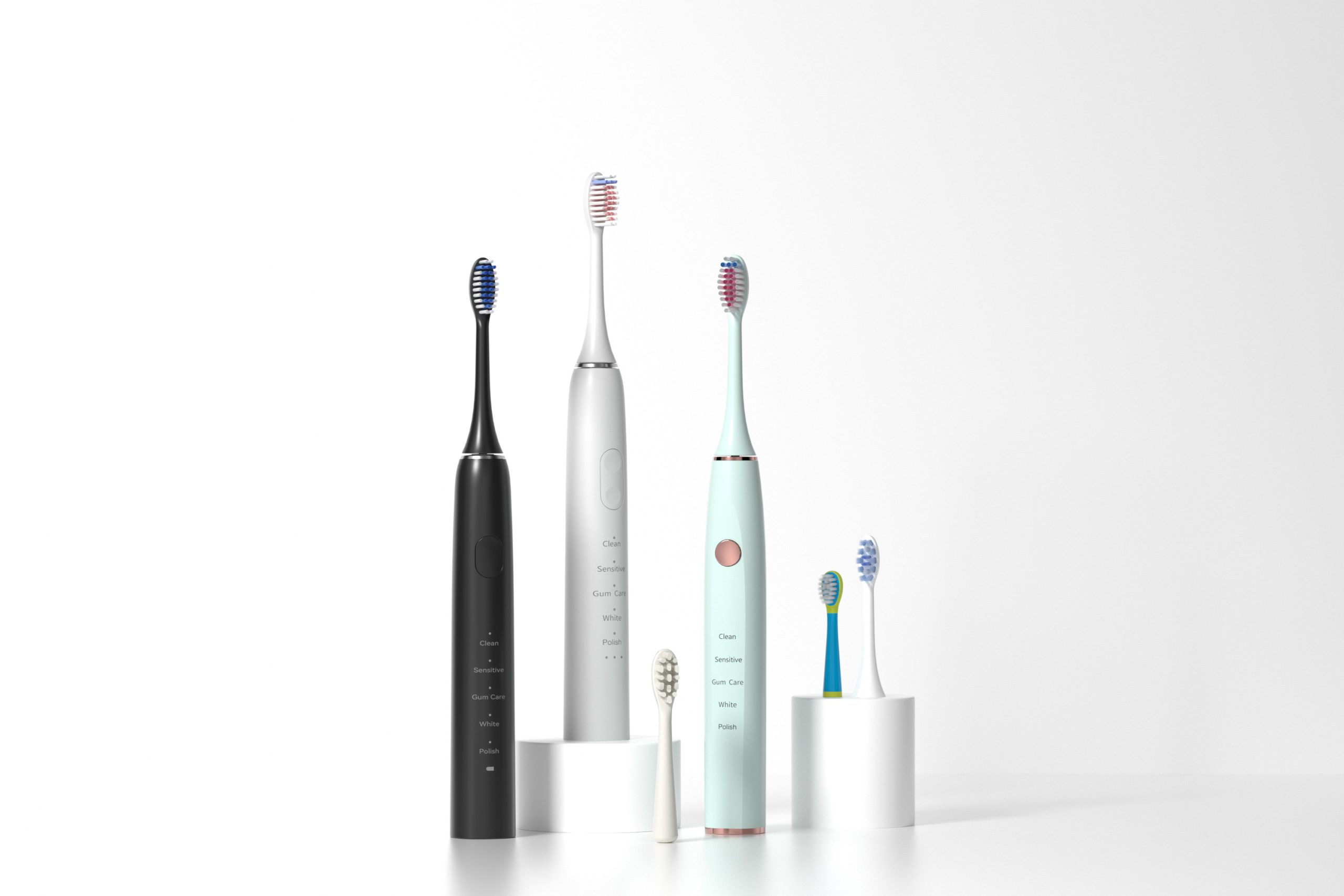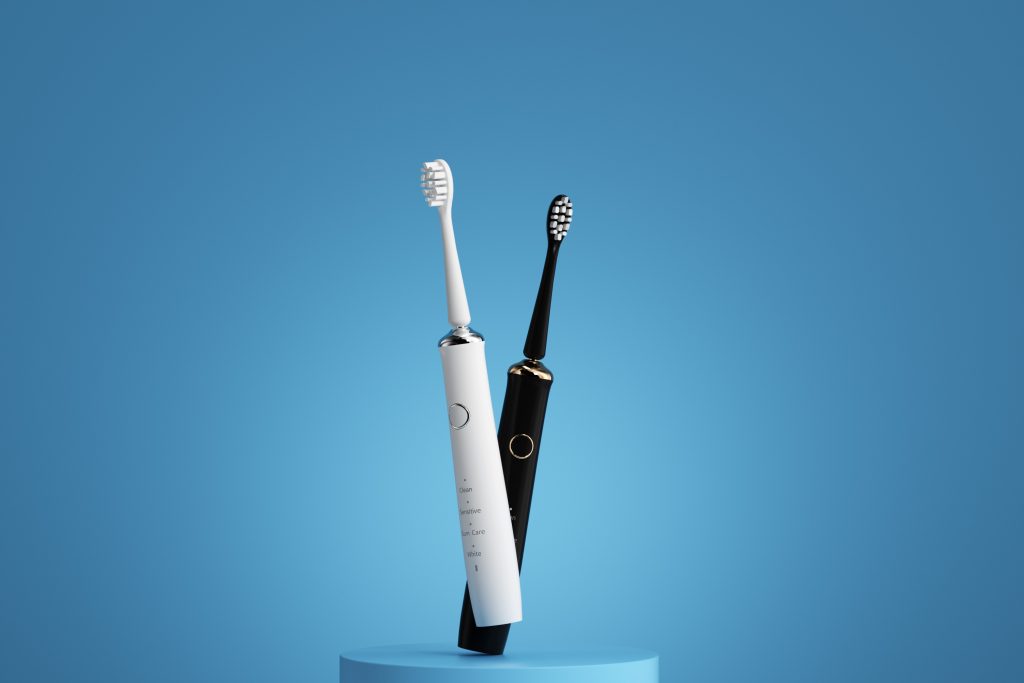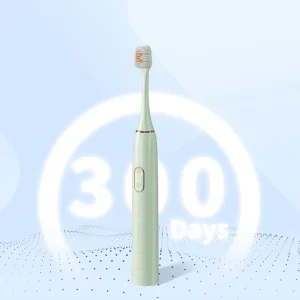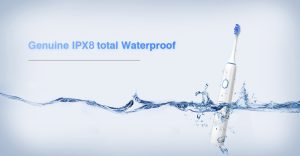In today’s competitive manufacturing environment, optimizing every component of your process is crucial. One factor that is often overlooked is the quality of contact points within your systems. For companies relying on Sonic Pulse Tech for high-precision operations, even a minor issue such as Poor contact can lead to significant performance setbacks. This article delves into six key areas to understand, diagnose, and address these challenges to ensure maximum efficiency and reliability.
The Critical Role of Sonic Pulse Tech in Modern Manufacturing
Sonic Pulse Tech has revolutionized the way industries monitor and manage material integrity and system dynamics. By using ultrasonic energy to assess components, this technology enhances process control and product quality. However, its effectiveness depends largely on proper signal transmission. A disruption—often caused by Poor contact between sensor interfaces or connection points—can compromise data accuracy and operational reliability.
Understanding Poor Contact: Causes and Consequences
Poor contact refers to the inadequate connection between components where energy, signals, or information is exchanged. In the context of Sonic Pulse Tech, this might occur due to:
- Inadequate surface preparation or cleaning
- Degradation over time because of wear or corrosion
- Misalignment or improper installation during setup
Consequently, even small gaps or irregularities can lead to signal loss or misinterpretation, undermining the entire system’s performance.
Efficiency Impact: How Poor Contact Derails Sonic Pulse Tech
When Poor contact issues persist, the benefits of Sonic Pulse Tech can be severely diminished. For example, inconsistent sensor readings might lead to:
- Increased downtime due to false alarms or misdiagnoses
- Higher maintenance costs from unnecessary repairs or adjustments
- Reduced throughput as production lines slow to address the inaccuracies
Furthermore, these inefficiencies can propagate across the system, affecting overall production quality and operational cost-effectiveness.
Diagnostic Techniques: Detecting Poor Contact Issues
Early detection is key to mitigating the risks associated with Poor contact. Manufacturers can employ various diagnostic techniques to monitor the integrity of their Sonic Pulse Tech systems:
- Regular inspection and calibration: Ensuring that sensor interfaces maintain proper alignment and connection quality.
- Real-time monitoring systems: Using advanced diagnostics to flag any deviations in expected signal strength or consistency.
- Automated alerts: Integrating software tools that detect anomalies, enabling rapid intervention before a minor issue escalates.
By incorporating these practices, companies can proactively address contact issues and maintain high levels of efficiency.
Best Practices for Prevention and Remediation
Preventing Poor contact requires a multi-faceted approach that includes:
- Enhanced training: Equipping technical staff with knowledge on proper installation and maintenance of Sonic Pulse Tech components.
- Regular maintenance schedules: Systematic cleaning, calibration, and replacement of worn parts to preserve optimal connectivity.
- Upgraded hardware: Investing in higher-quality connectors and sensors designed to minimize contact resistance and degradation over time.
By applying these best practices, manufacturers can not only safeguard their investment in Sonic Pulse Tech but also boost overall system performance and longevity.
Looking Ahead: The Future of Sonic Pulse Tech and Robust Contact Solutions
As technology continues to evolve, so too will the methods for ensuring robust contact integrity. Future innovations may include self-diagnosing sensors and smart materials that adapt to environmental changes, further reducing the risk of Poor contact. In addition, advancements in data analytics and machine learning will allow for even more precise monitoring and predictive maintenance strategies. Manufacturers who embrace these emerging technologies will be well-positioned to enhance their operational efficiency and maintain a competitive edge in a rapidly changing industrial landscape.
In conclusion, while Sonic Pulse Tech offers significant advantages in monitoring and process optimization, its true potential can only be realized when every component is in perfect alignment. Addressing Poor contact issues through diligent maintenance, effective diagnostics, and forward-thinking innovation is essential for maximizing efficiency and safeguarding long-term operational success.https://www.powsmart.com/about-powsmart/





